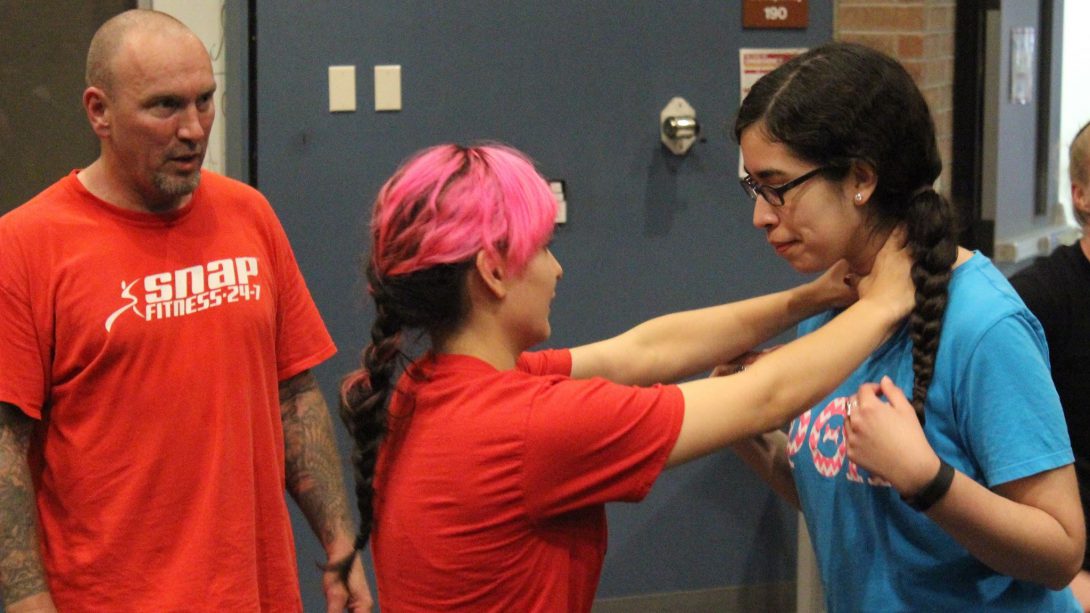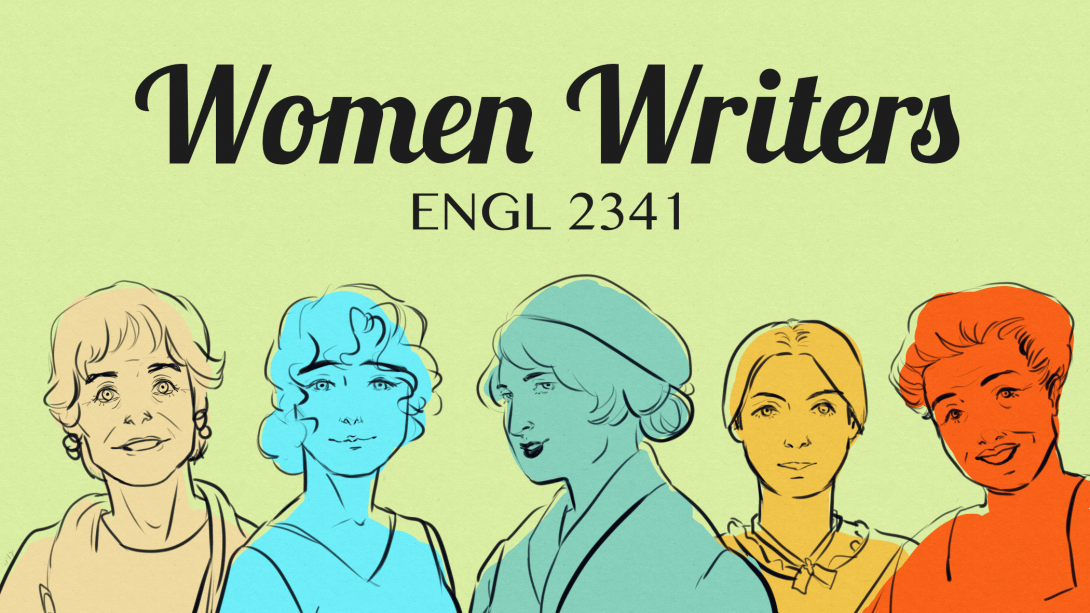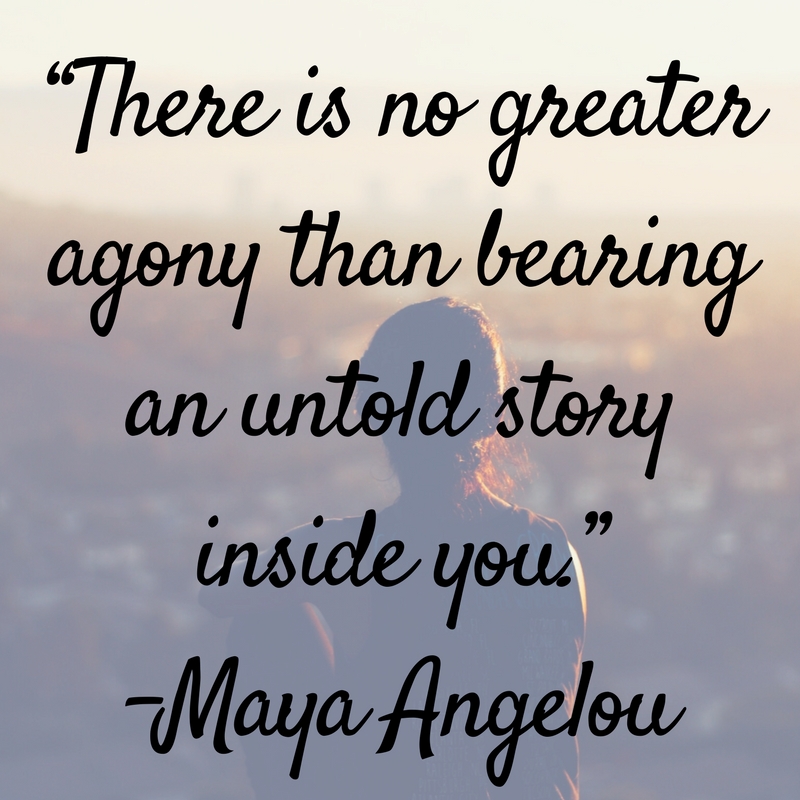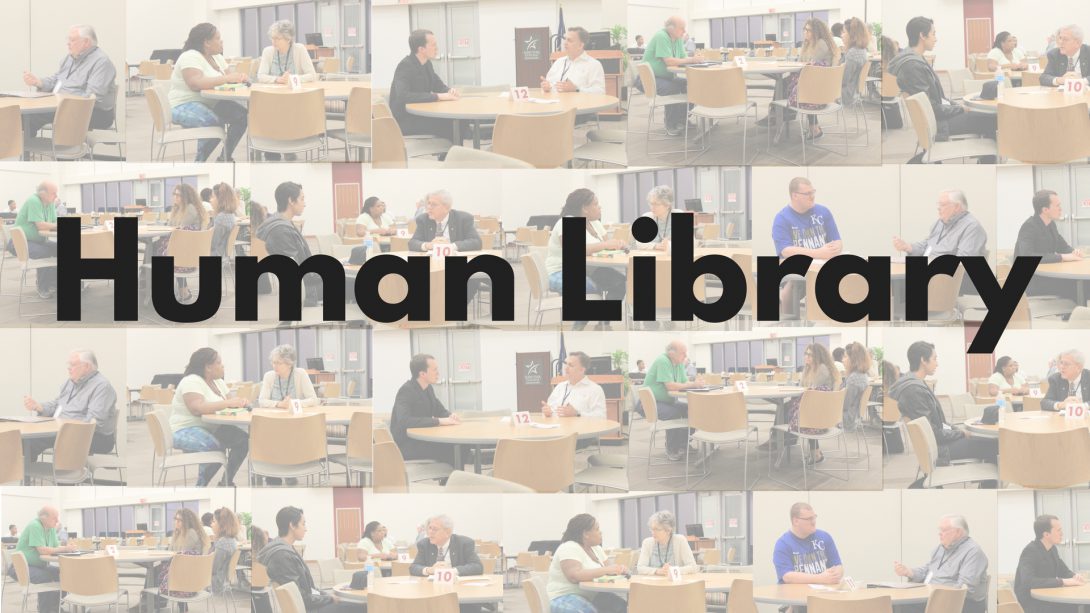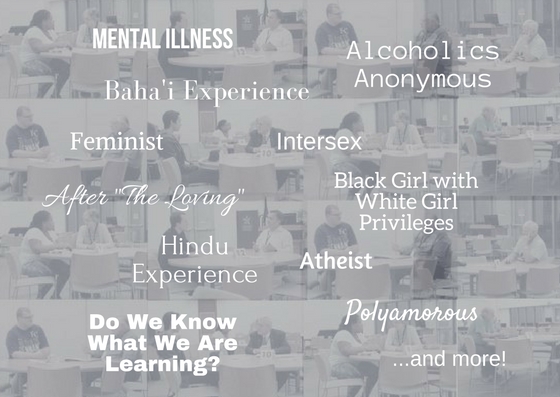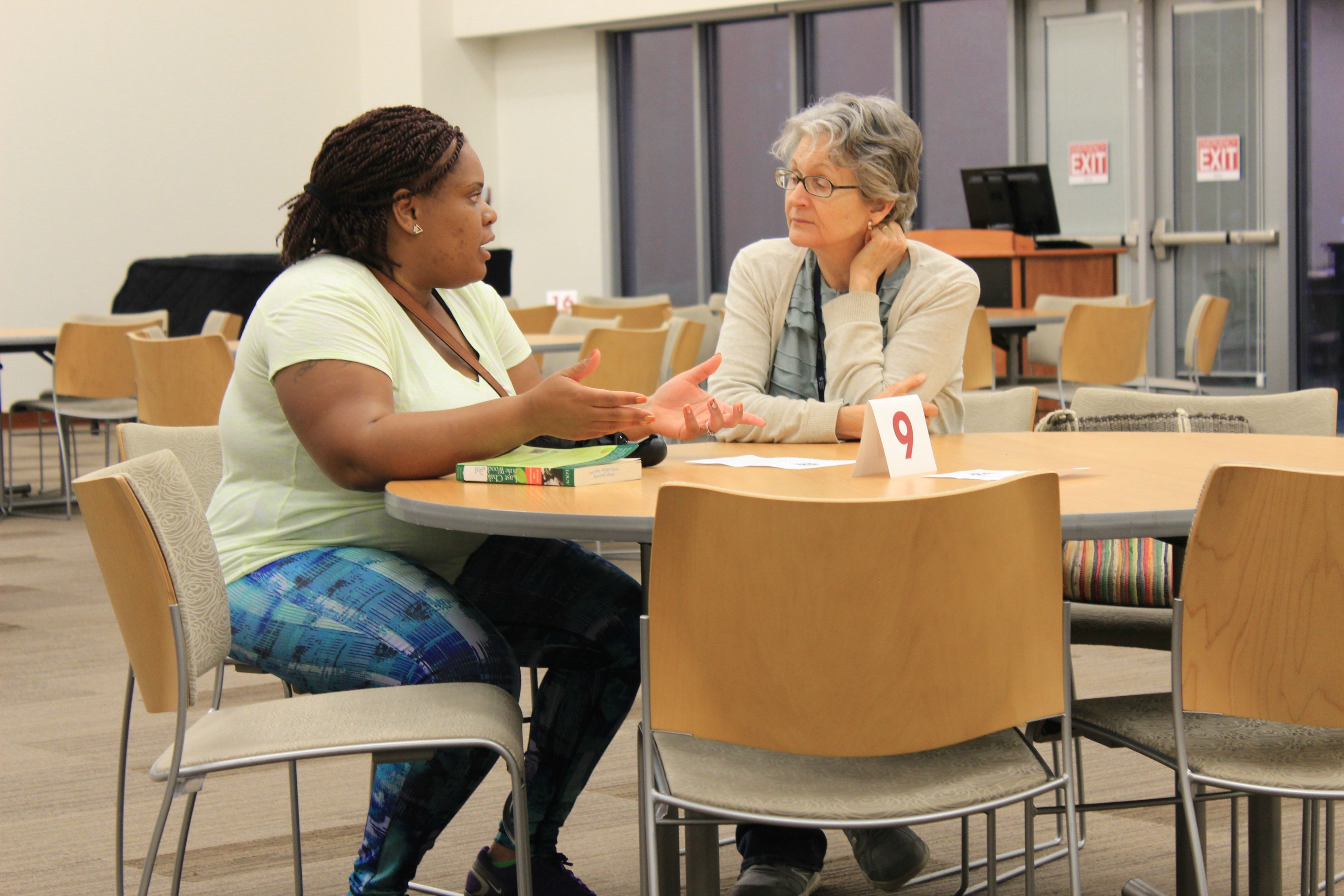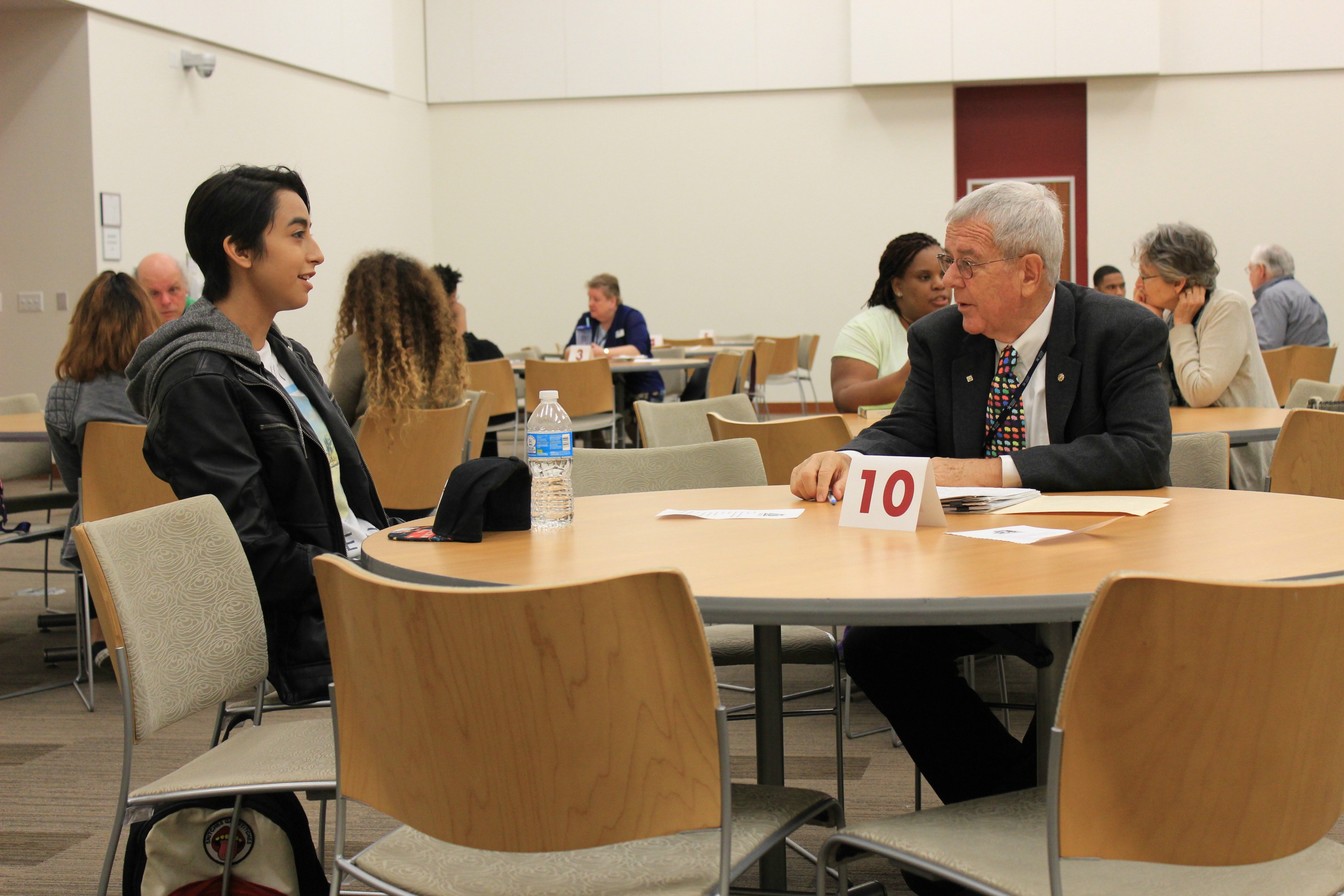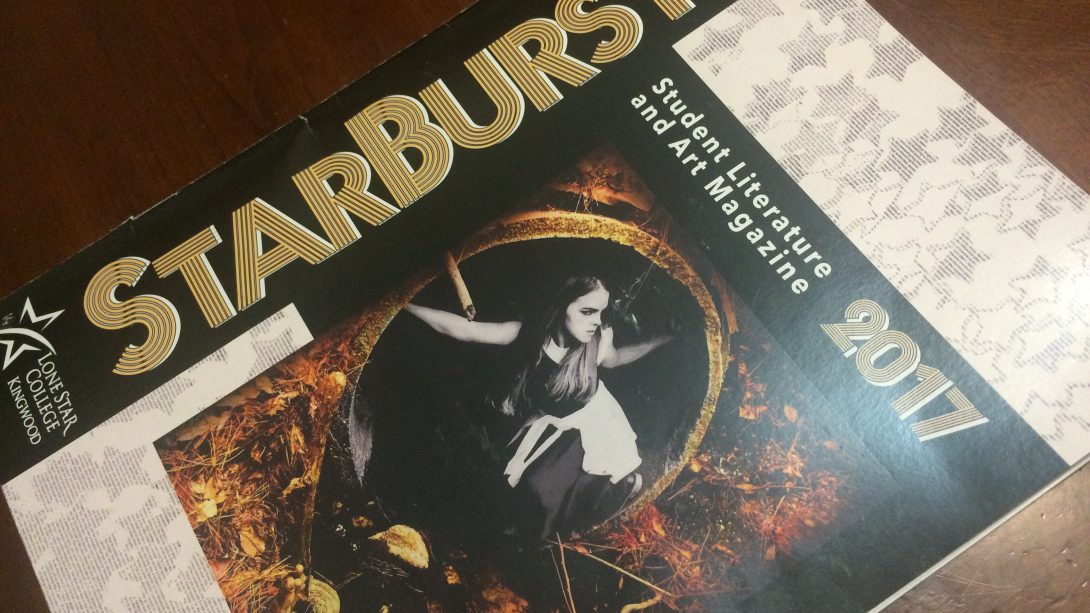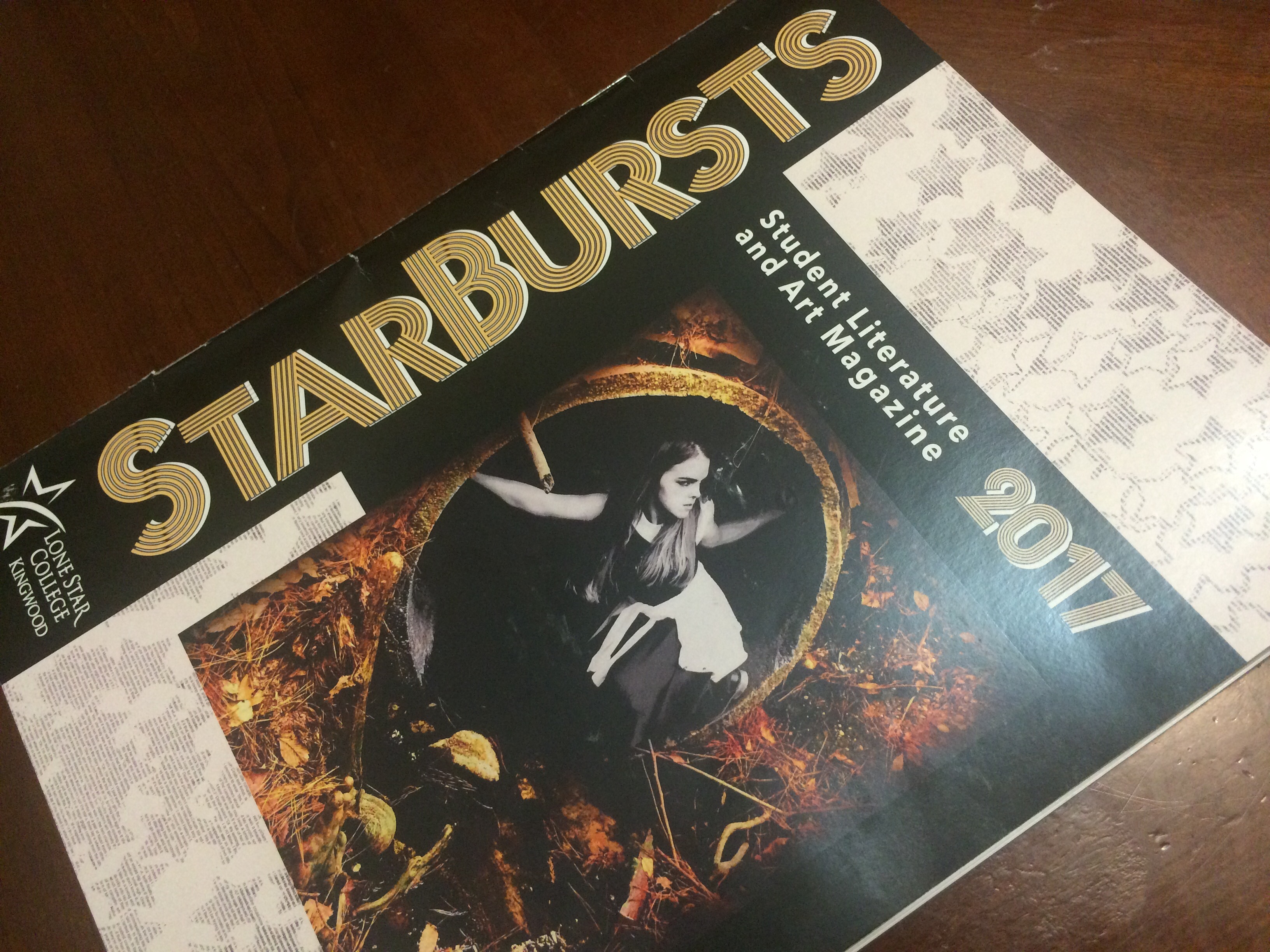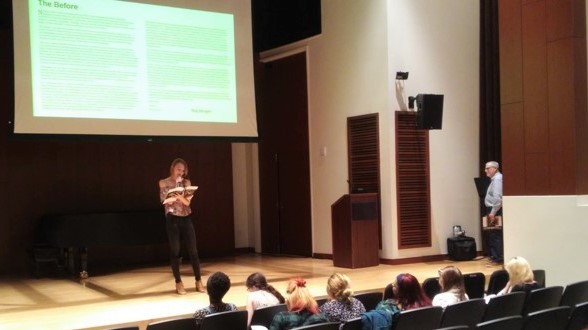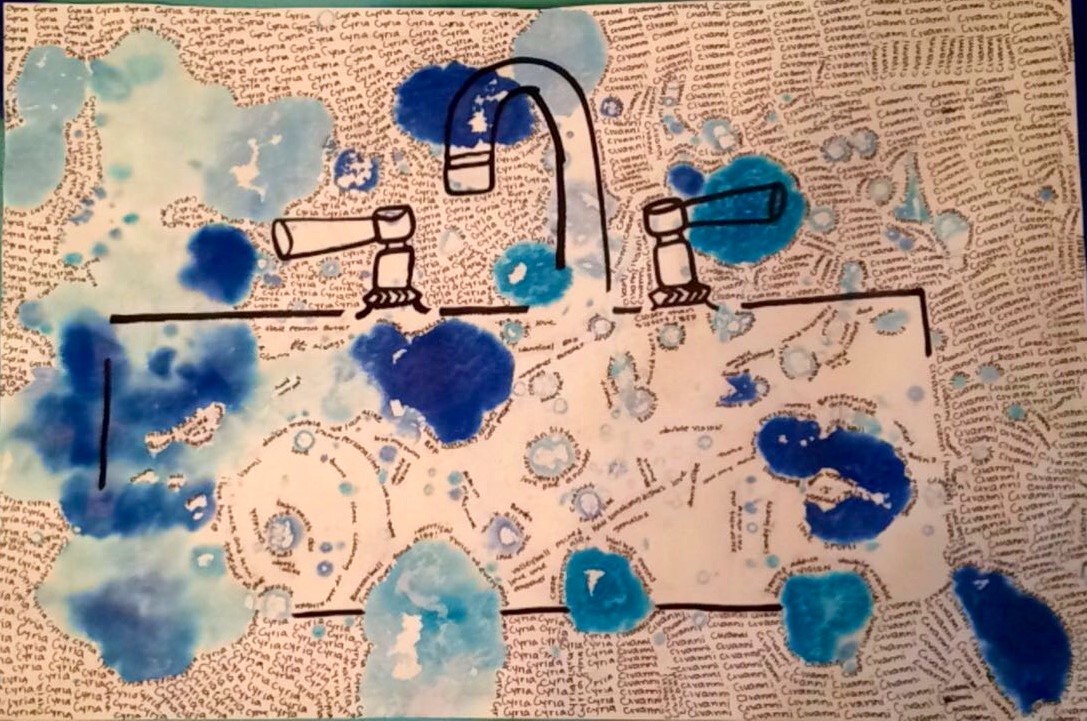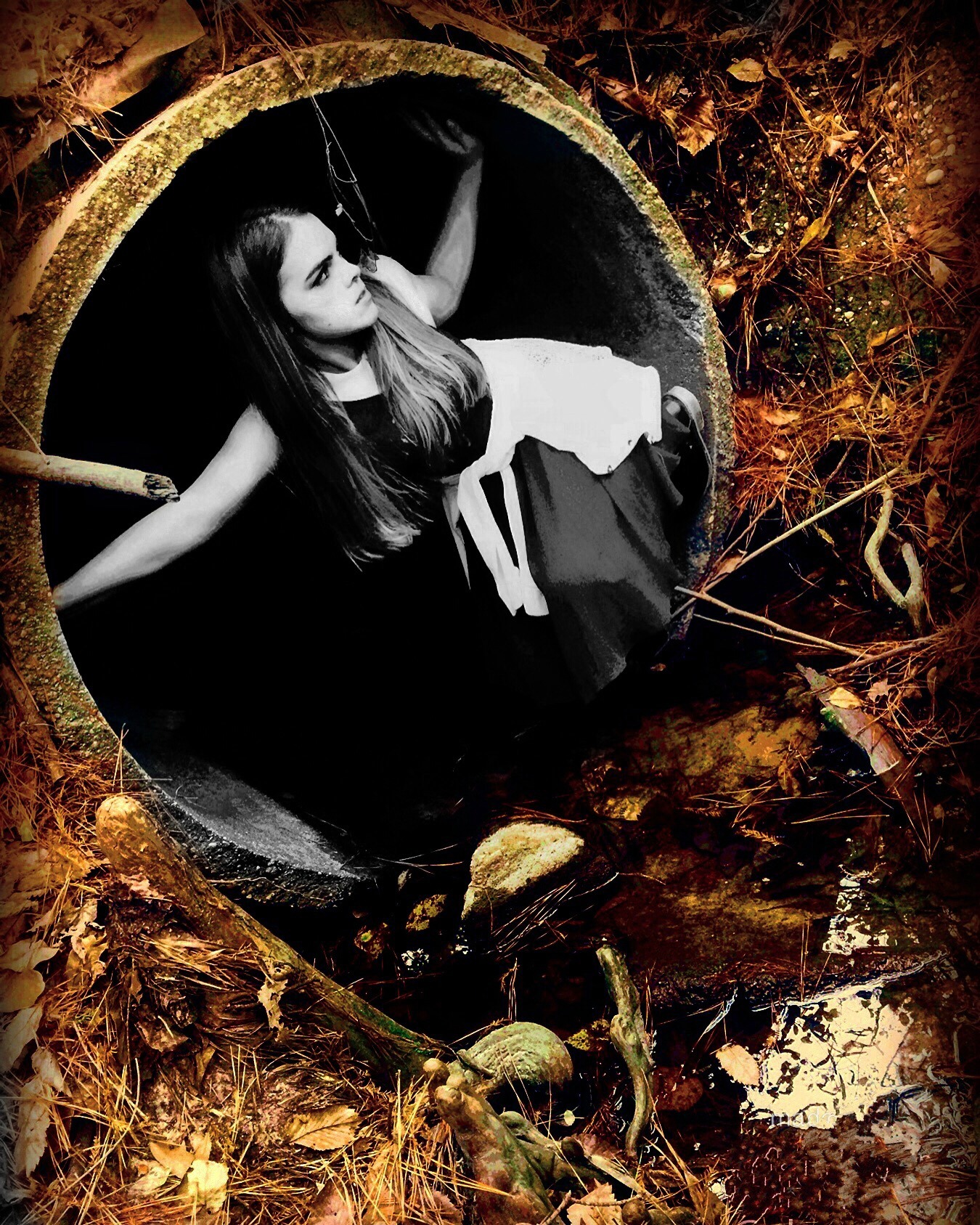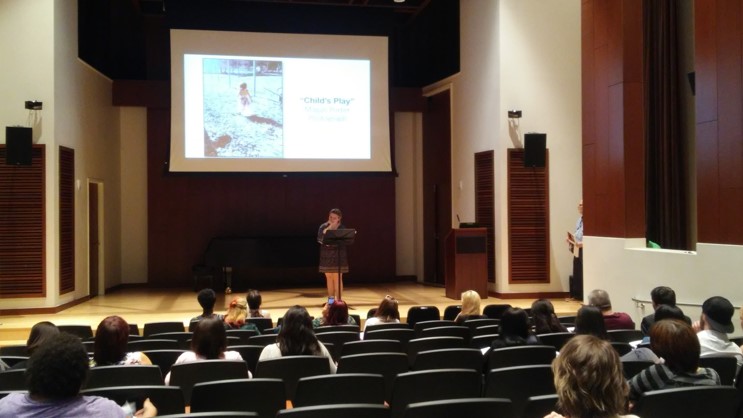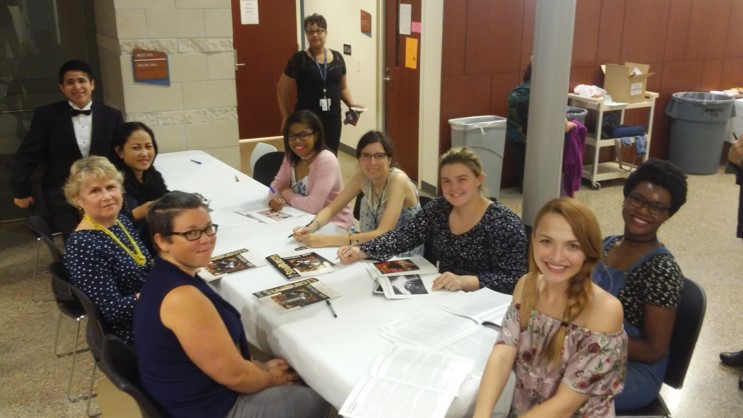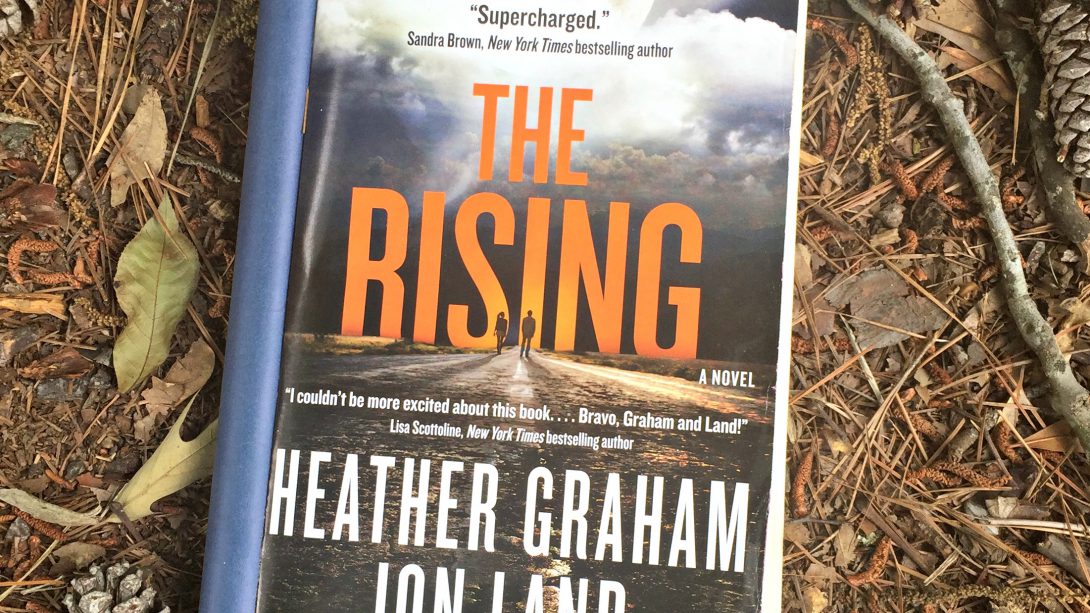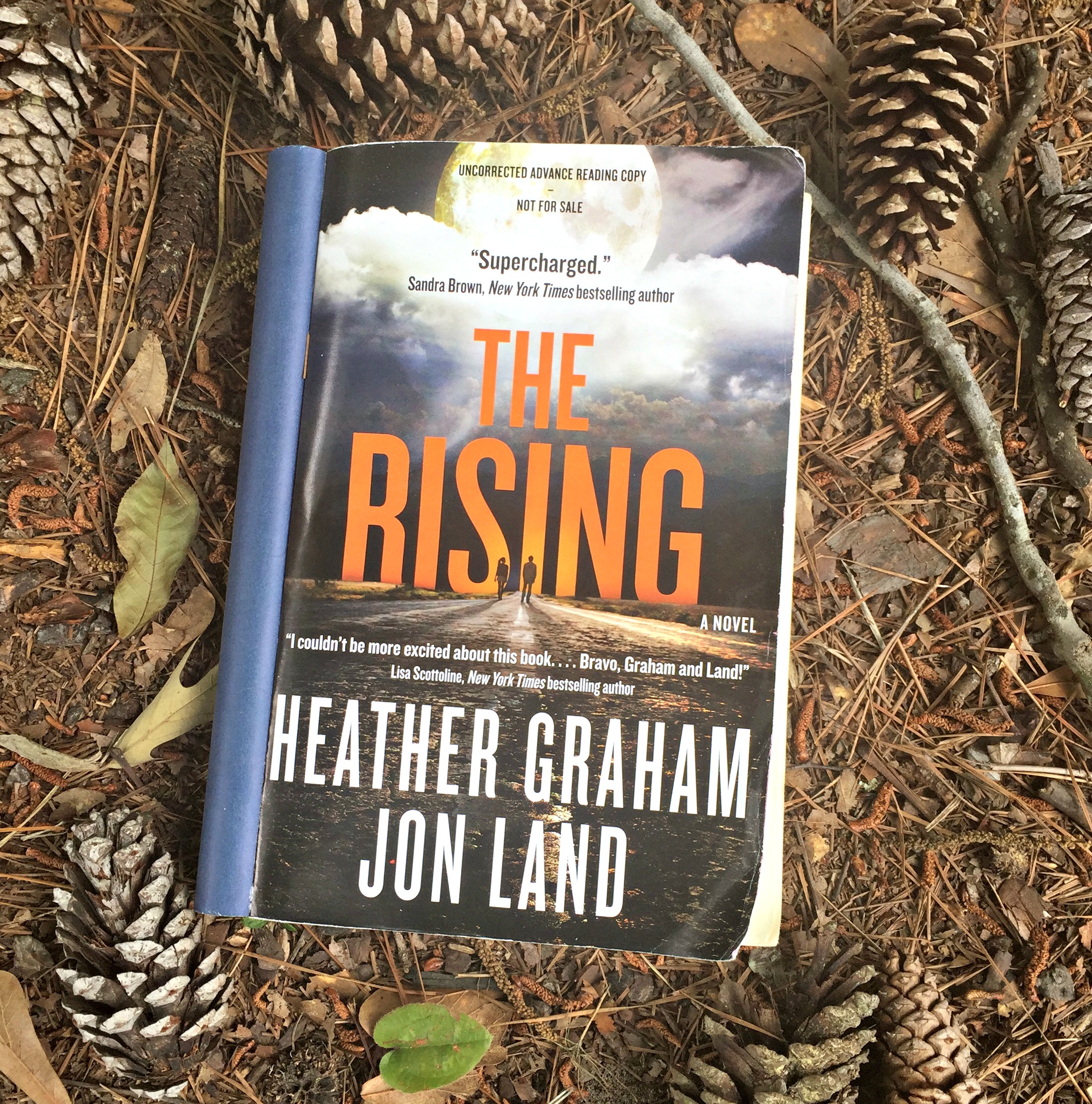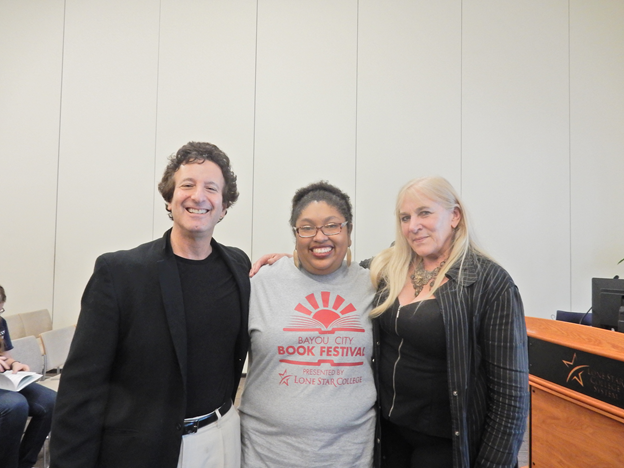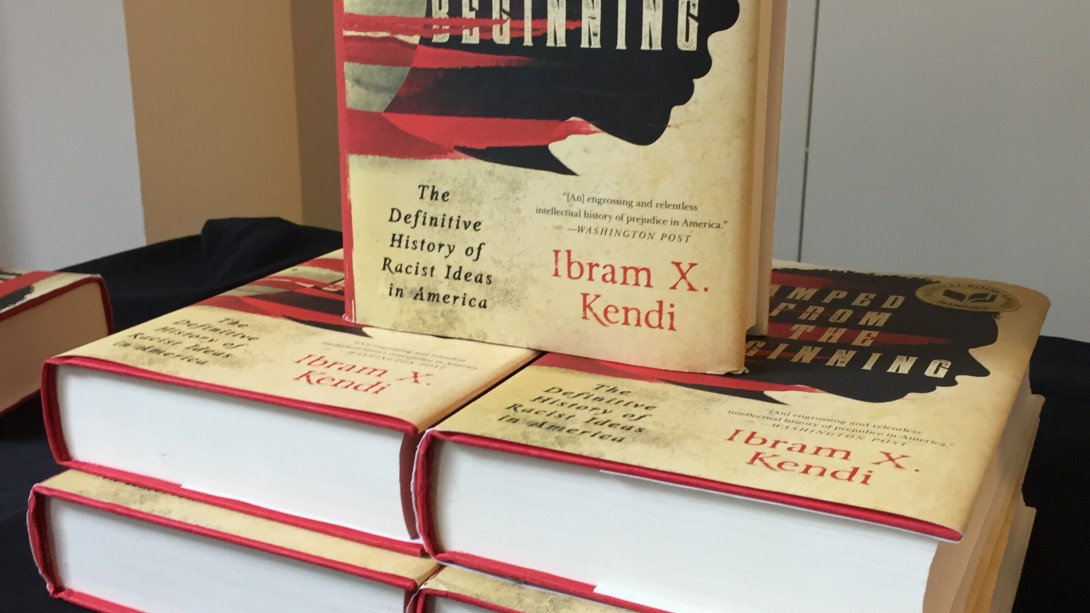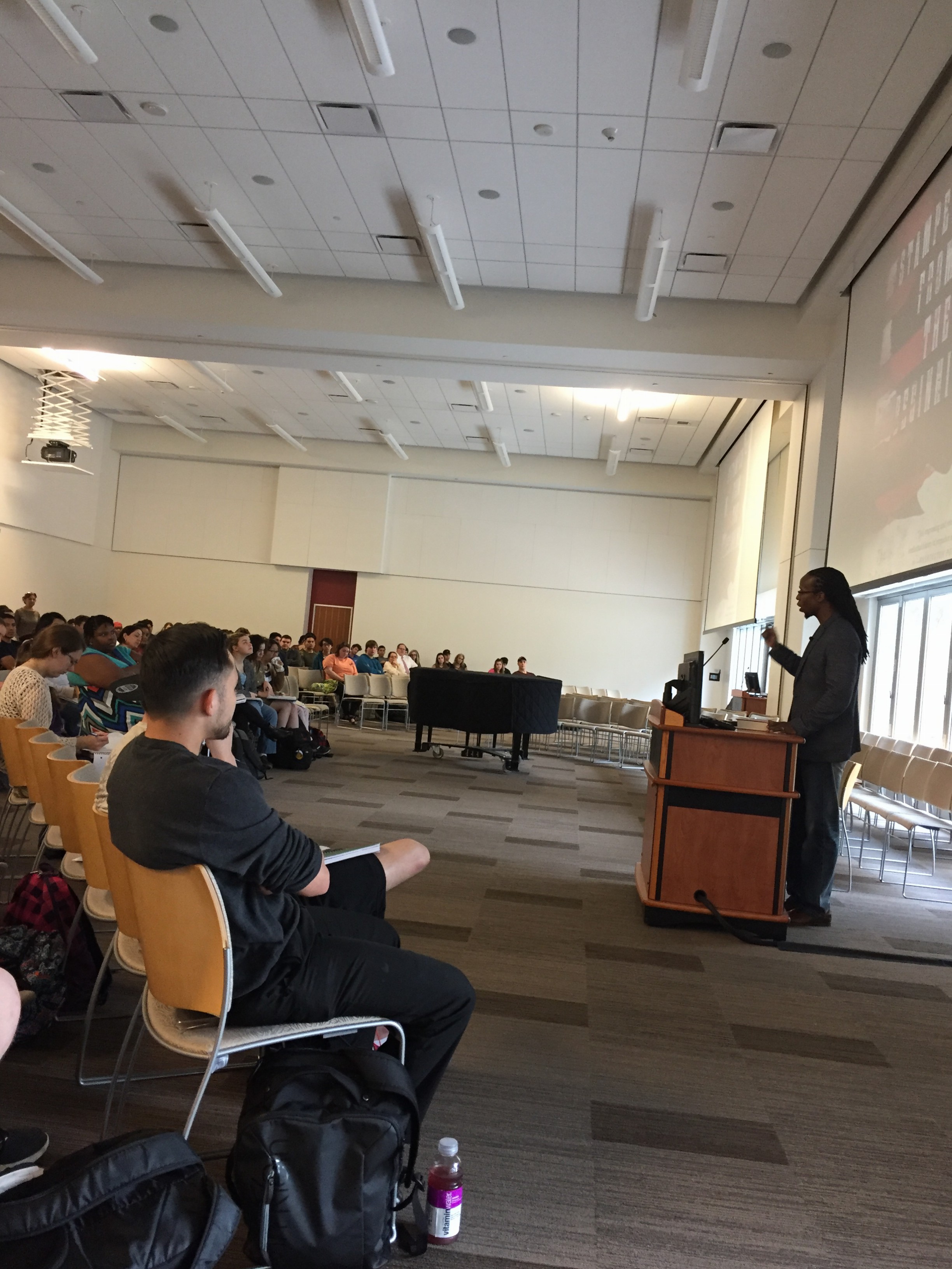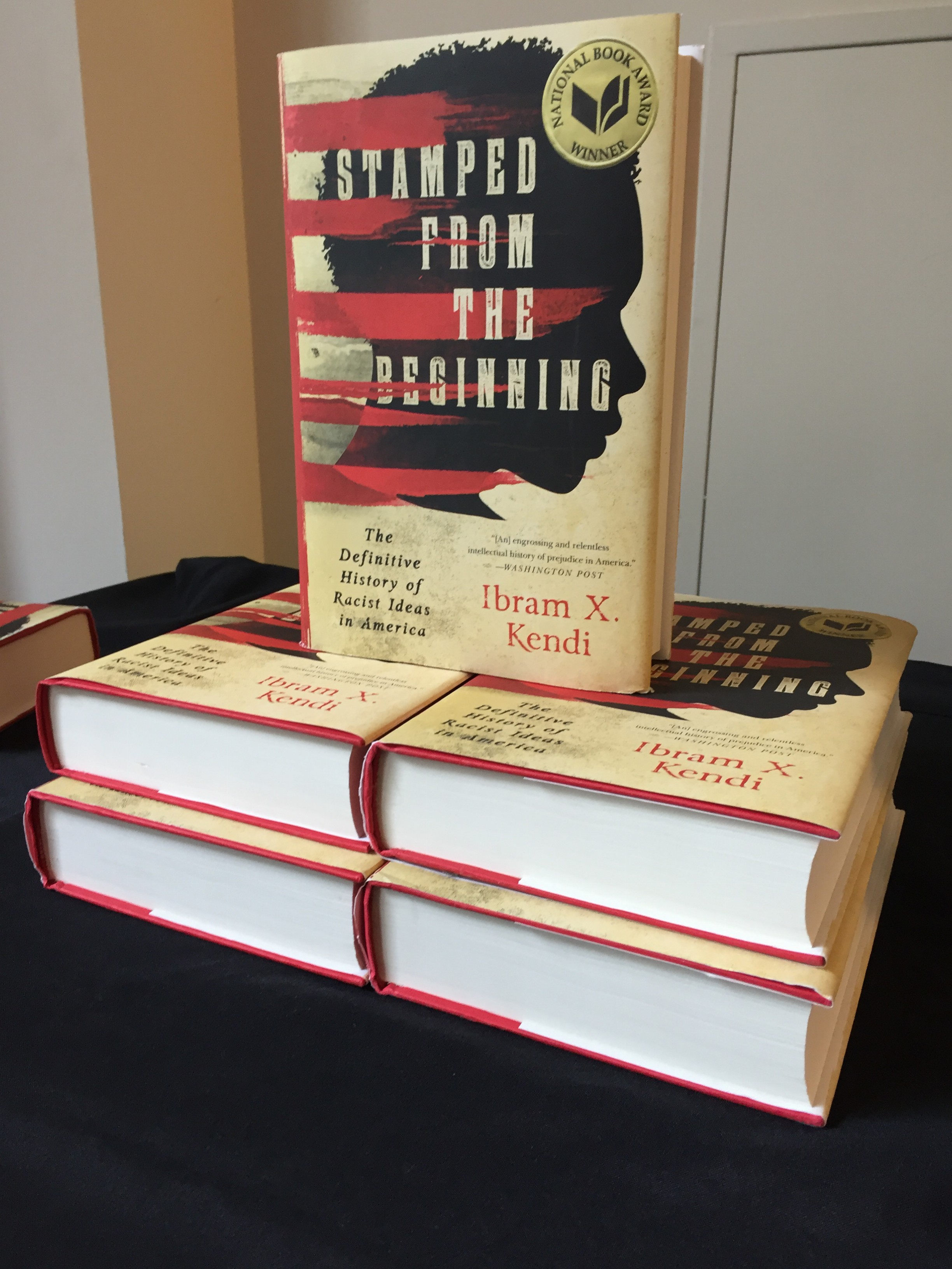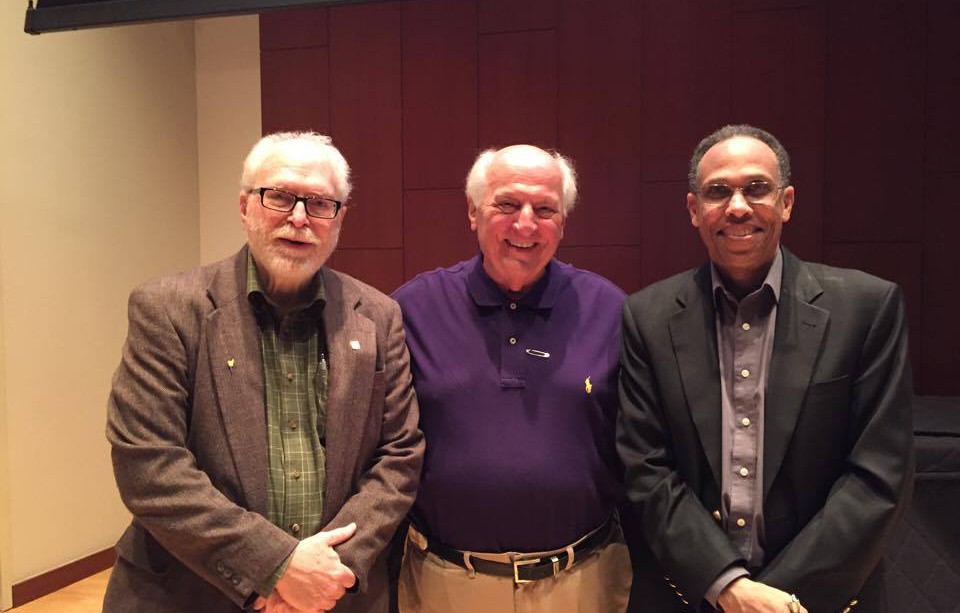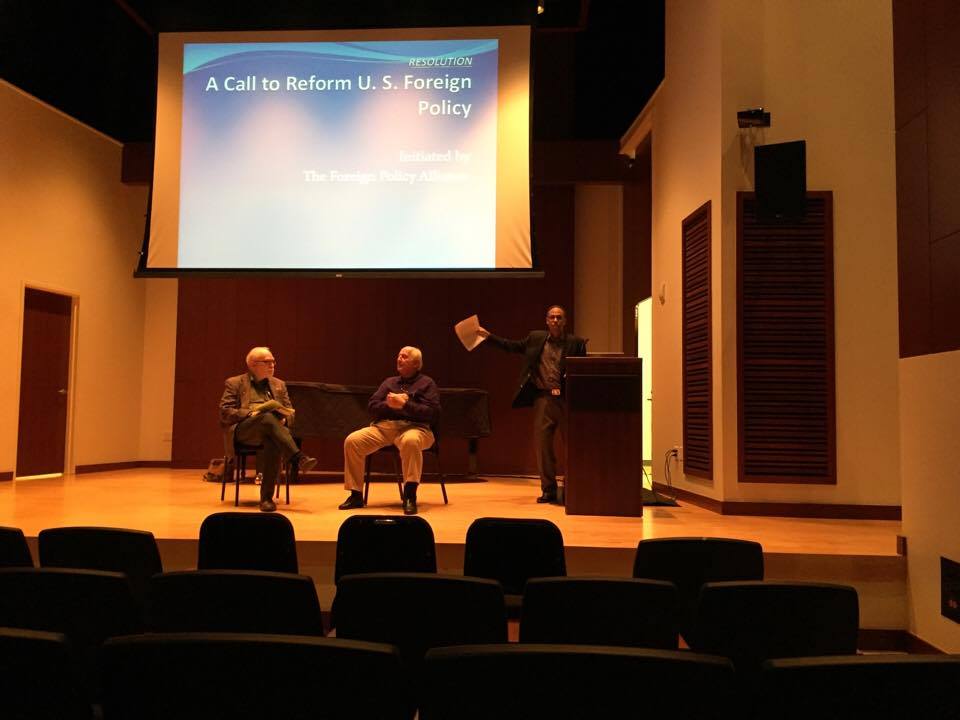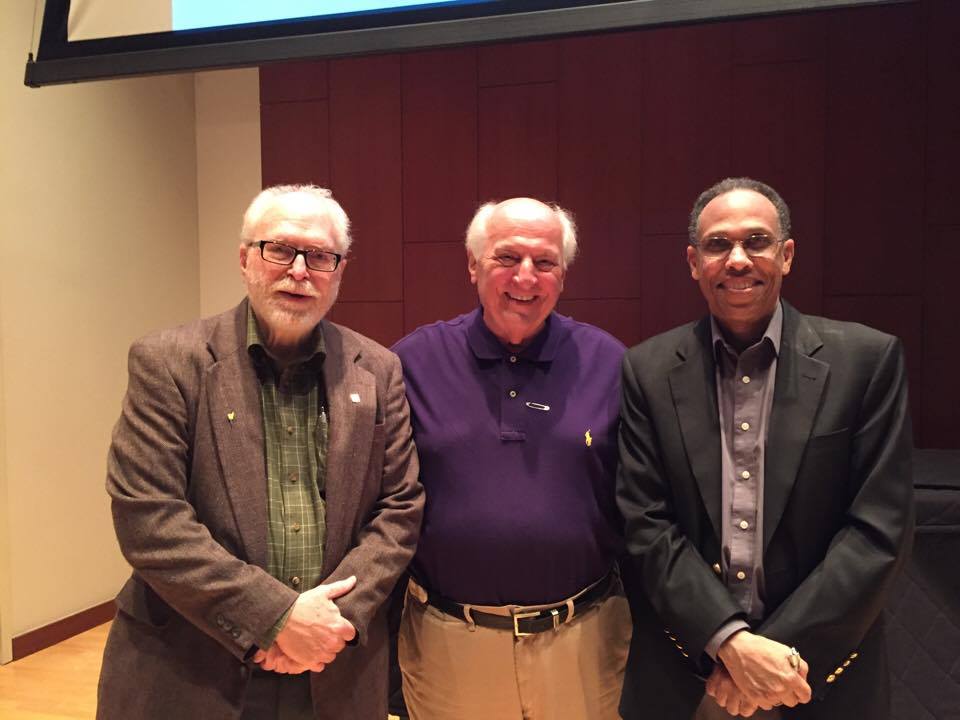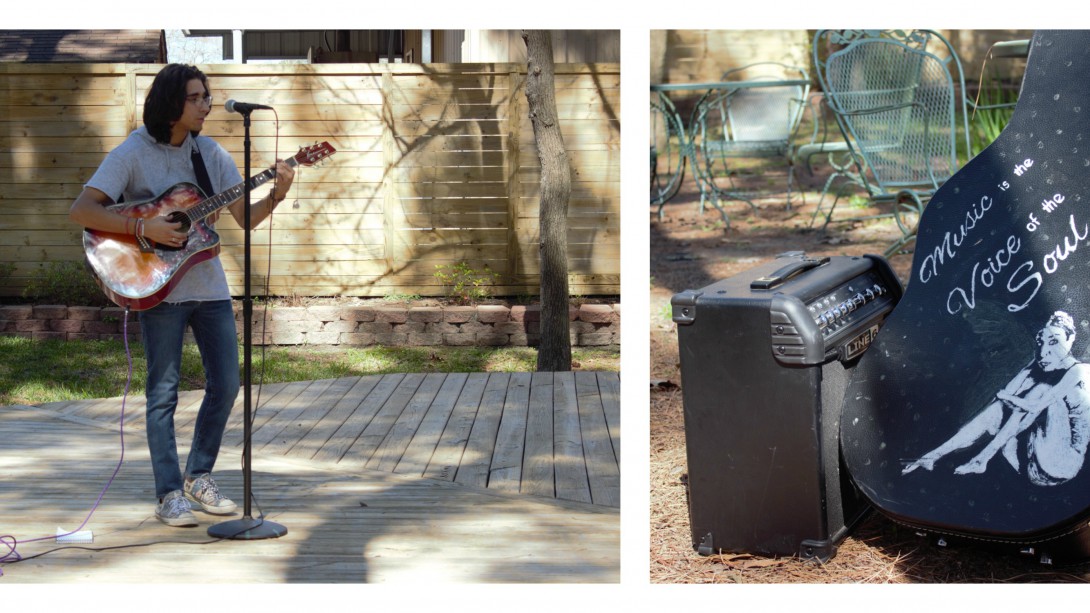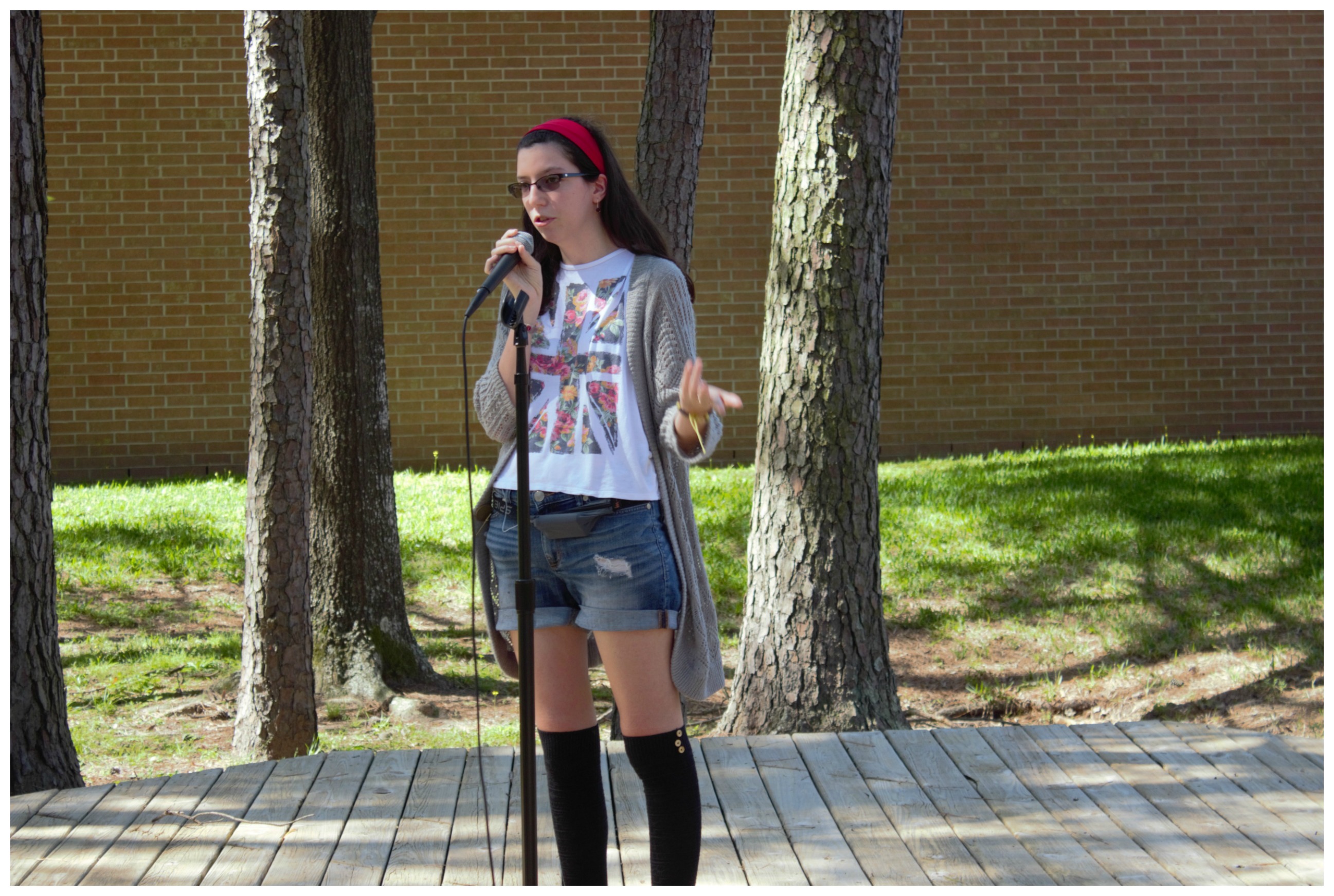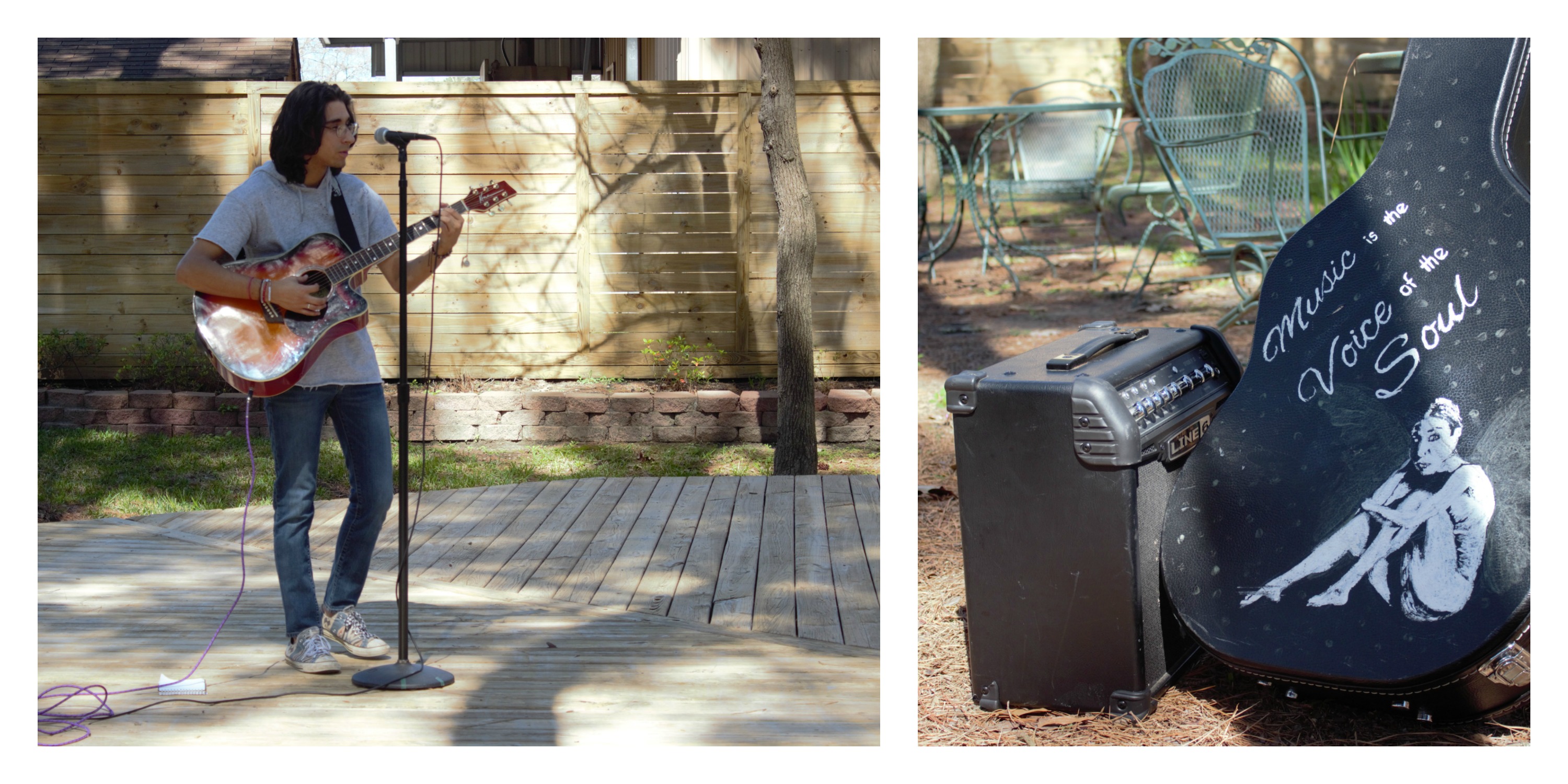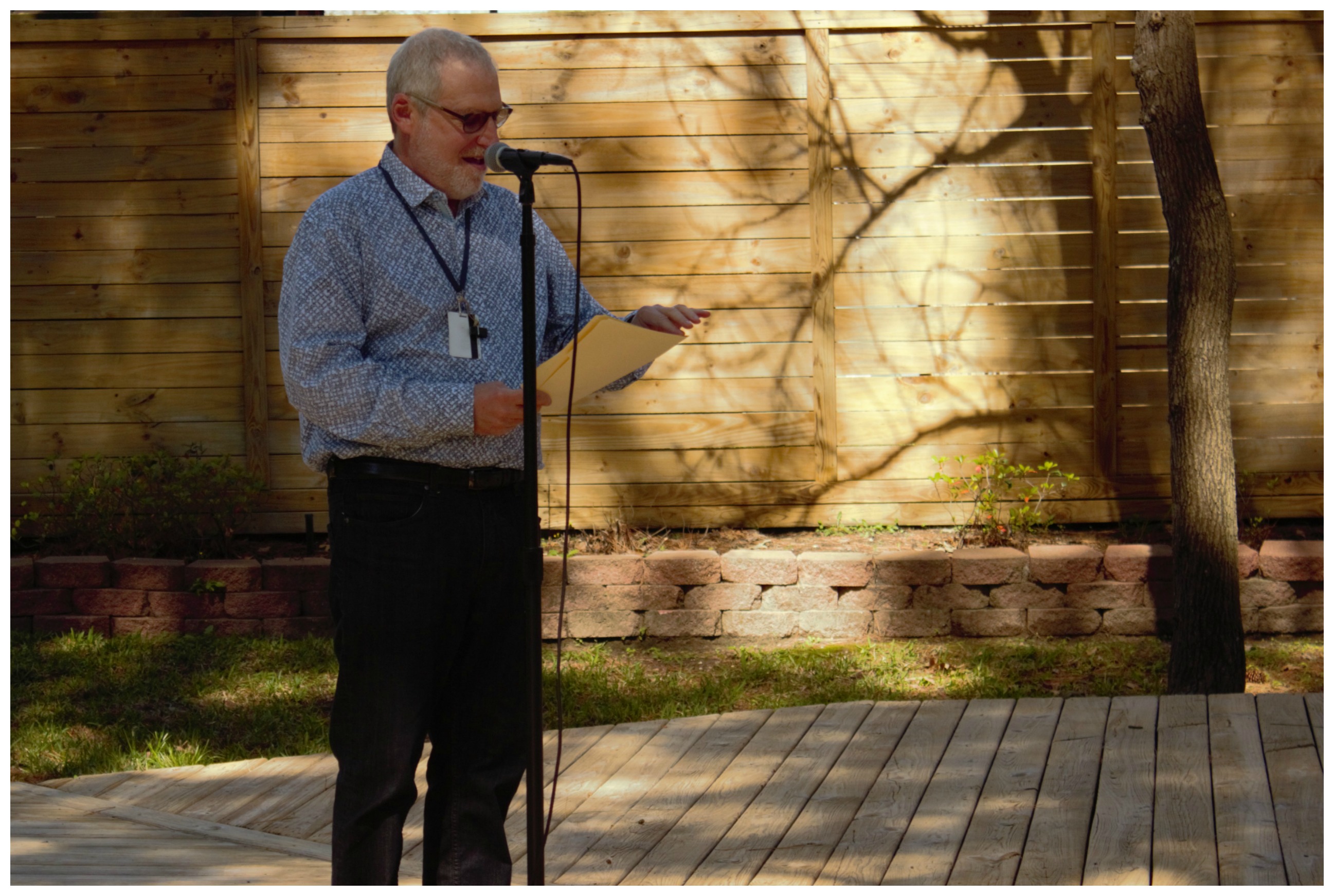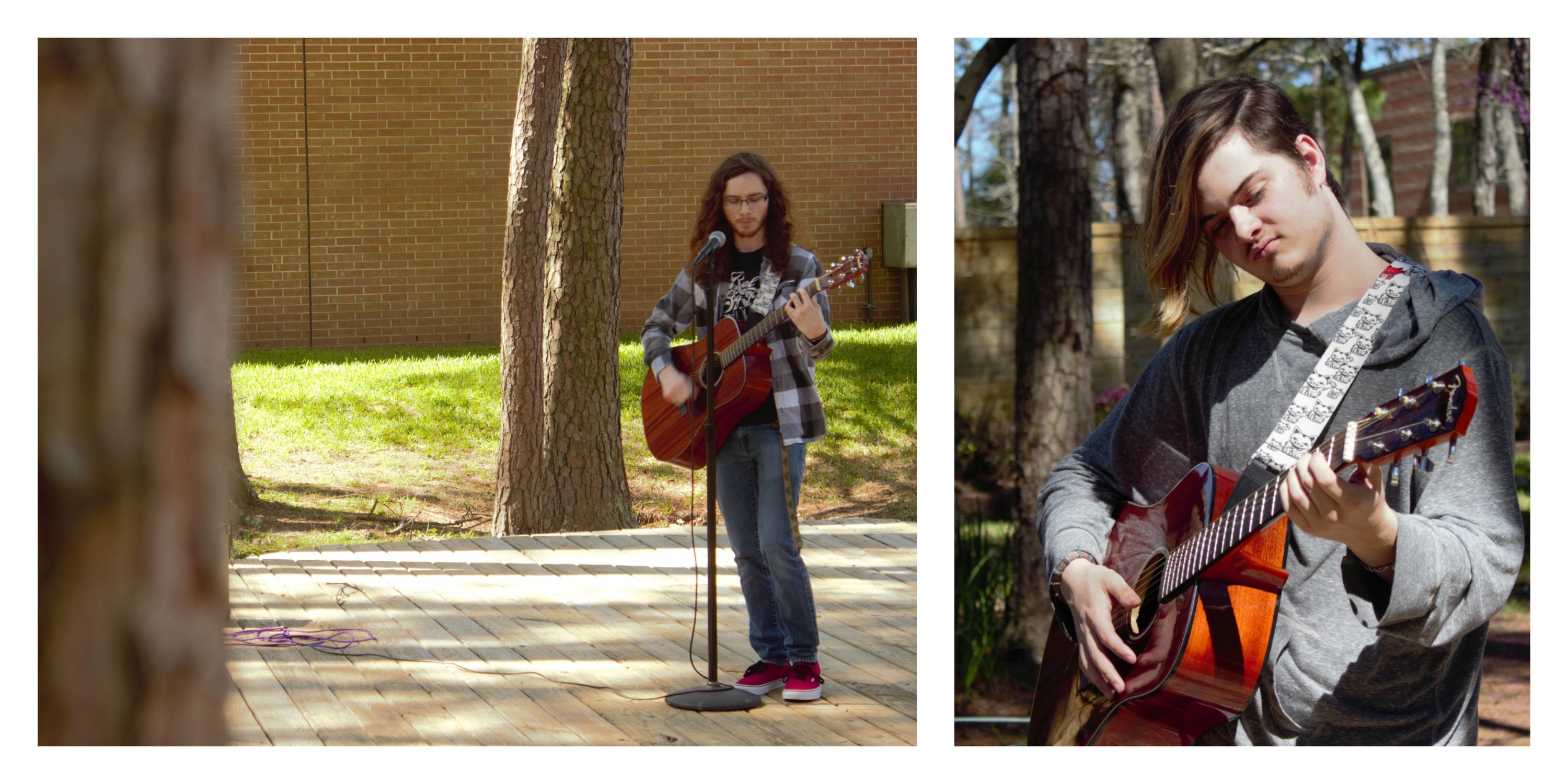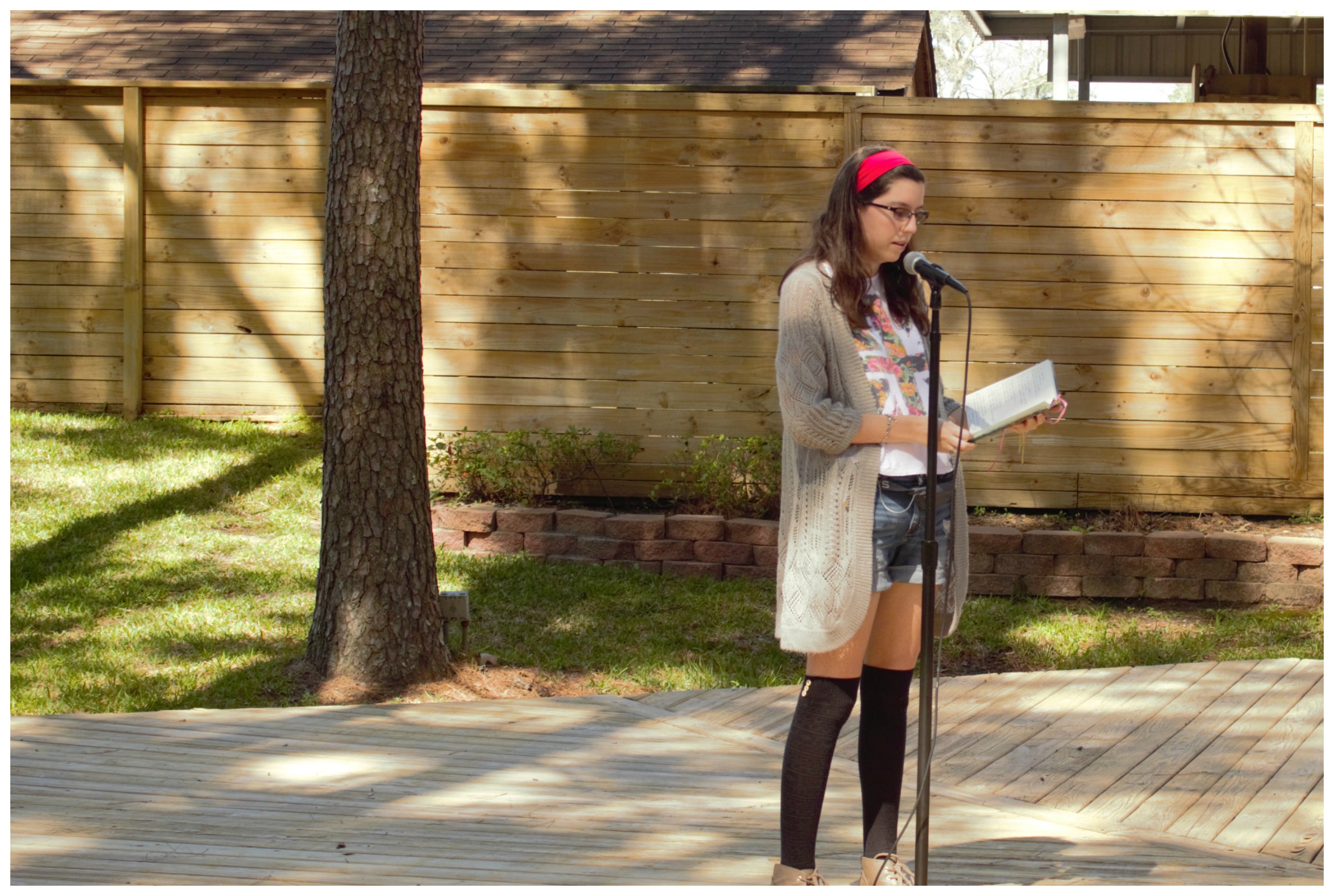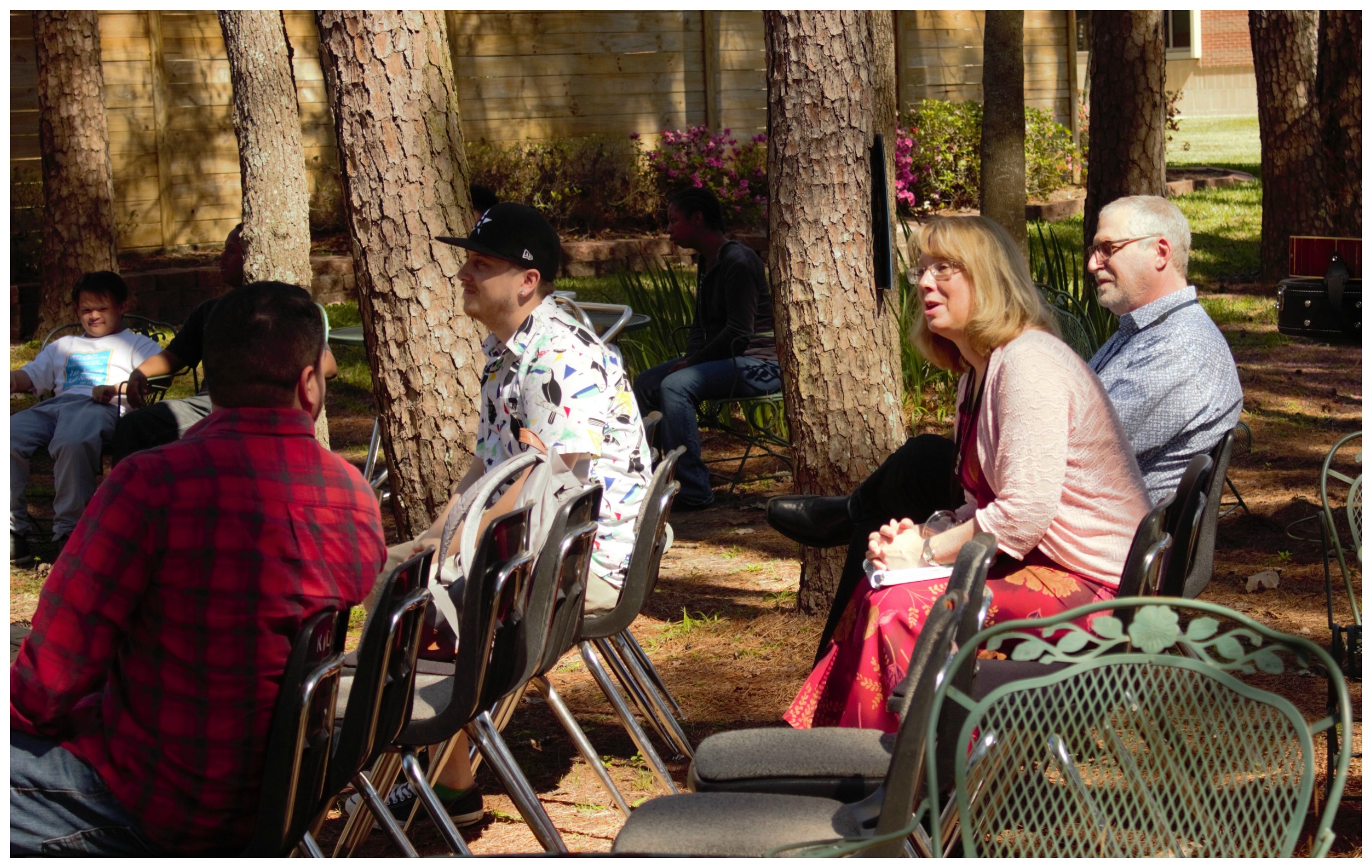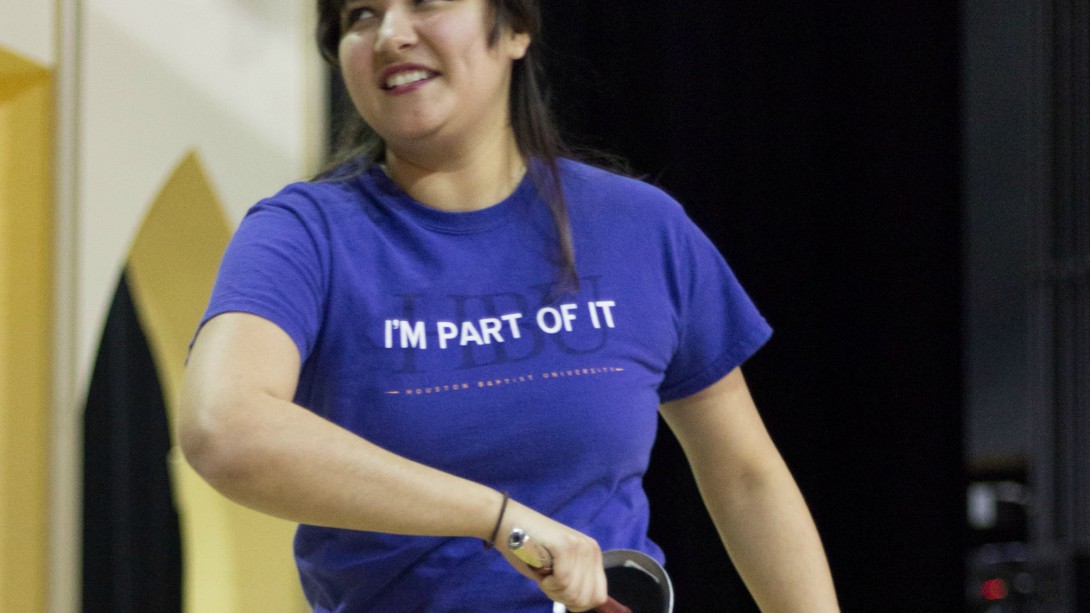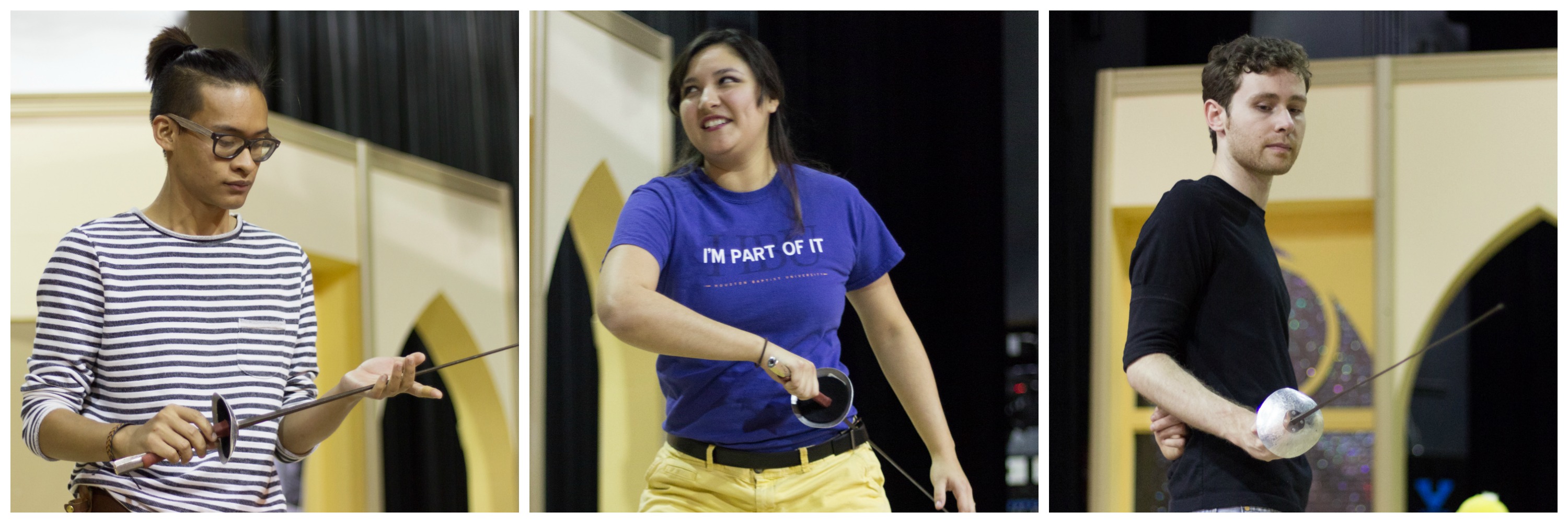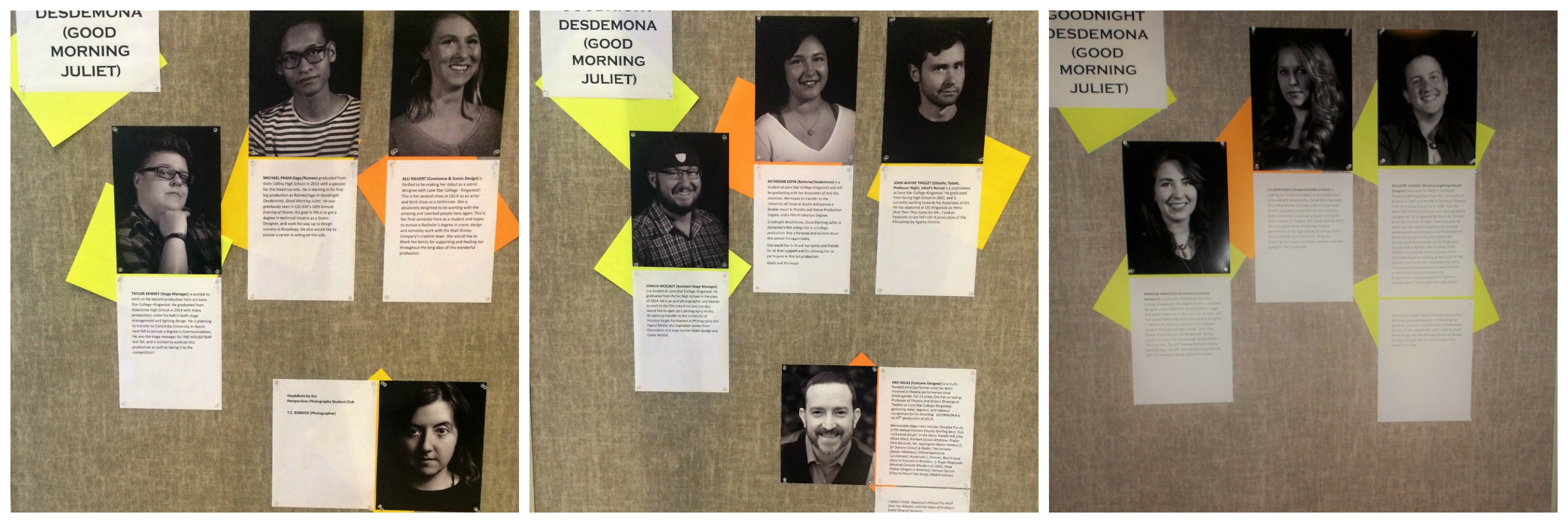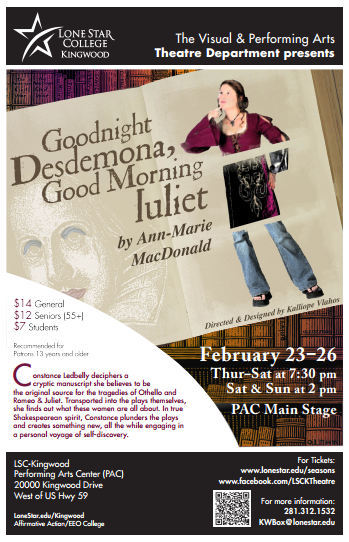By Sam DeLeon, Perspective Photography Vice President and Gabrielle Moore, Editor-in-Chief
 Guest assistant instructor Tricia Hicks (left) walks through a self defense maneuver with Lone Star College-Kingwood students Amy Jaramillo (middle) and Sayuri Hull (right) that helps them to break out of a strong hold by their wrists in Phi Theta Kappa-hosted self defense instruction on Apr. 25, Classroom Building A. Photo by Sam DeLeon.
Guest assistant instructor Tricia Hicks (left) walks through a self defense maneuver with Lone Star College-Kingwood students Amy Jaramillo (middle) and Sayuri Hull (right) that helps them to break out of a strong hold by their wrists in Phi Theta Kappa-hosted self defense instruction on Apr. 25, Classroom Building A. Photo by Sam DeLeon.
One in five women are assaulted on college campuses. Lone Star College-Kingwood’s Phi Theta Kappa – Alpha Lambda Xi uncovered this fact in their Honors in Action (HIA) research project which focuses on sexual assault on college/university campuses.
As a way to bring their HIA project to a close on campus, PTK hosted a self defense instructive event on April 25 in the Teaching Theater (Room 114) of Classroom Building A which preceded a day before their Denim Day event involving participants to wear denim and a balloon release in support of sexual assault victims and as an act of protest against sexual assault.
“We hope that students will learn techniques on how to defend themselves in case they are ever assaulted,” Vice President of Scholarship Viridiana Gálvez said. “Most of our students will transfer to a university. We hope this [self defense instruction] will bring awareness to this issue.”
The instruction was led by a few guests from Khaos Gym in Porter, Texas, personal trainer and Brazilian jiu-jitsu purple belt Bruce McKinzie and his student and assistant instructor Tracie Hicks.
“I feel like preserving your life is important to be able to live,” McKinzie said. “So, what I teach about self-defense in classes like this is for people to go home…When you think ‘self-defense,’ you think hitting someone back, and my objective is to teach you how to get away and go home at night.”
 Guest instructor Bruce McKinzie (left) coaches Lone Star College-Kingwood students Sayuri Hull (middle) and Amy Jaramillo (right) through a self defense technique to escape from a choke-hold in Phi Theta Kappa-hosted self defense instruction on Apr. 25, Classroom Building A. McKinzie recommends that people “sign up at your local jiu-jitsu school” for those seeking to strengthen their defense skills. Photo by Sam DeLeon.
Guest instructor Bruce McKinzie (left) coaches Lone Star College-Kingwood students Sayuri Hull (middle) and Amy Jaramillo (right) through a self defense technique to escape from a choke-hold in Phi Theta Kappa-hosted self defense instruction on Apr. 25, Classroom Building A. McKinzie recommends that people “sign up at your local jiu-jitsu school” for those seeking to strengthen their defense skills. Photo by Sam DeLeon.
Welcomed students and faculty acquired self defense techniques that are to help them escape unwanted or inappropriate grabs and holds by a potential assailant.
Second-year student Sayuri Hull found the experience to “be a really good opportunity to learn about something that’s really important.”
“I think that self defense needs to be something that everyone has a basic knowledge of because assaults happen so often,” Hull said.
 First-year student Sarah Porter learns a self defense move employing her elbow in Phi Theta Kappa-hosted self defense instruction on Apr. 25, Classroom Building A. Photo by Sam DeLeon.
First-year student Sarah Porter learns a self defense move employing her elbow in Phi Theta Kappa-hosted self defense instruction on Apr. 25, Classroom Building A. Photo by Sam DeLeon.
“I think I would feel more prepared [for a real-life situation].” Gálvez said. “At least I know some of the ways I could like get somebody off me, where before I would like just push, and that’s something they’re telling you not to do, so I know what not to do [as well].”
 (From left) Phi Theta Kappa Executive Vice President Saul Vriones, PTK President Martin Perez, guest instructors Tricia Hicks and Bruce McKinzie, PTK Vice President of Scholarship Viridiana Gálvez, and Vice President of Fellowship Sonia Hackett, hosts of the self defense class on Apr. 25, Classroom Building A. Hackett hoped that this instruction “[helped] the student body here on campus, to learn a few techniques that’ll help them with possible attackers and help them get away.” Photo by Sam DeLeon.
(From left) Phi Theta Kappa Executive Vice President Saul Vriones, PTK President Martin Perez, guest instructors Tricia Hicks and Bruce McKinzie, PTK Vice President of Scholarship Viridiana Gálvez, and Vice President of Fellowship Sonia Hackett, hosts of the self defense class on Apr. 25, Classroom Building A. Hackett hoped that this instruction “[helped] the student body here on campus, to learn a few techniques that’ll help them with possible attackers and help them get away.” Photo by Sam DeLeon.
If interested, here are a list of local places near and within Houston, Texas to attend a self defense class of various levels:
- Khaos Gym
- Mou Chuk – Martial Arts
- Moy Tung Ving Tsun Kung Fu and Martial Arts Center
- Elite Mixed Martial Arts
- Legacy Martial Arts & Fitness
- Elite Mixed Martial Arts – Houston
- McCall Mixed Martial Arts
- Team Tooke Mixed Martial Arts
- Fight Back Fit
- Krav Maga Houston
- Lone Star Karate & Self Defense
- Modern American Warrior
- Gracie Barra Champions
- Asian Arts & Health Center
- Houston Wing Tsun & Escrima – Southwest
- JDog’s PKKA
- LX Jiu-Jitsu
- Aikido at the Aikibudokan
 Guest instructor Bruce McKinzie teaches a self defense move with the elbow to Lone Star College-Kingwood students Eric Platero and Sayuri Hull in Phi Theta Kappa-hosted self defense instruction on Apr. 25, Classroom Building A. “I’ve never really learned any self defense techniques before, so I did learn a lot,” Hull said. Photo by Sam DeLeon.
Guest instructor Bruce McKinzie teaches a self defense move with the elbow to Lone Star College-Kingwood students Eric Platero and Sayuri Hull in Phi Theta Kappa-hosted self defense instruction on Apr. 25, Classroom Building A. “I’ve never really learned any self defense techniques before, so I did learn a lot,” Hull said. Photo by Sam DeLeon.

